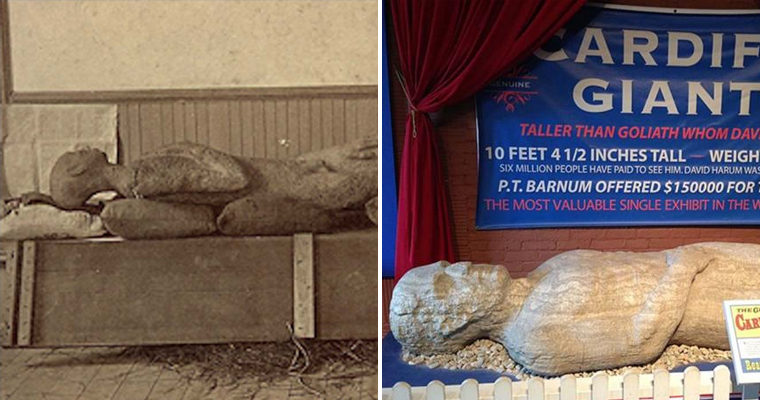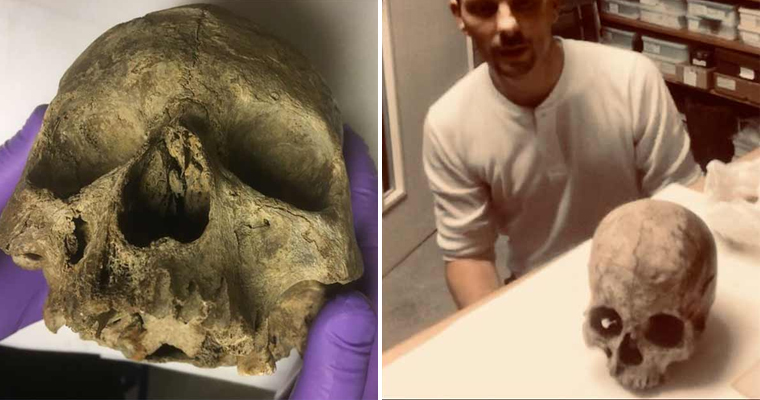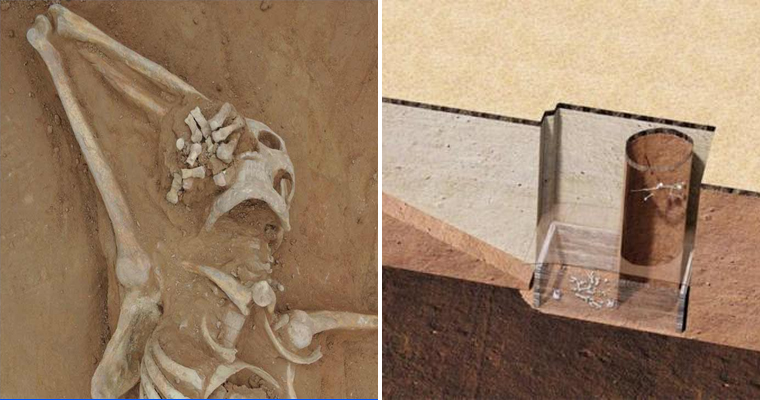
THE sunken treasures of a vessel dubbed the “holy grail” of shipwrecks have been uncovered in extraordinary underwater footage.
The £15billion spoils of the legendary San Jose Galleon have survived over 300 years at sea, resting inside its rusting remains.

The Colombian Navy shared incredible snaps of San Jose Galleon’s £15billion stashCredit: EPA

Gold, silver, emeralds and Chinese porcelain were seen in the wreckageCredit: EPA

The treasure has been at the mercy of the Caribbean Sea for over 300 yearsCredit: EPA

The San Jose sank in 1708, taking its extraordinary booty down along with itCredit: Refer to Caption
The 64-gun, three-mast galleon, the jewel in the crown of the Spanish Navy, was claimed by the waves of the Caribbean Sea.
It sailed as the flagship on its final voyage during the War of the Spanish Succession before being blown up by Brits in 1708.
Powder magazines onboard the San Jose detonated during the battle of Wager’s Action, taking the souls of the 600-strong crew down along with it.
Its megabucks bounty was also a victim of the ambush – leaving a hoard of gold, silver and emeralds lost at sea.
The treasure is believed to today be worth a whopping £15billion, sparking an incredible hunt for the shipwreck.
It was eventually discovered in 2015 by the Woods Hole Oceanographic Institution (WHOI), who identified the San Jose thanks to its bronze guns engraved with dolphins.
The Colombian government then announced a salvage operation two years later, delving below the surface in a bid to recover its spectacular treasures.
The world was then given a glimpse of the glitzy valuables thanks to state-of-the-art underwater equipment.
The Colombian Navy sent a remotely operated vehicle to a depth of 3,100ft to assess the notorious wreckage.
Incredible images show gold pieces, cannons and perfectly preserved Chinese porcelain cups scattered across the San Jose.
The eerie snaps hint at the wealth of artifacts hidden among the wreckage, with trinkets twinkling under the light.
Bronze cannons, swords, and clay vessels can also be spotted on the seafloor.
Former Colombian President Iván Duque said: “The idea is to recover it and to have sustainable financing mechanisms for future extractions.
“In this way, we protect the treasure, the patrimony of the San Jose Galleon.”
Historians dubbed the San Jose the “holy grail” of shipwrecks because it was carrying one of the largest amounts of treasure ever lost at sea.
The riches have inevitably sparked a fiery row over which country is the rightful owner of the famous booty.
At least 200 tonnes of gold, silver, gems and jewellery collected in Spain’s South American colonies were being shipped to King Philip V to finance his war of succession against the British.
Spain insists the treasure belongs to them, as it was their ship – but Bolivia’s indigenous Qhara Qhara nation believes it is theirs as they were forced to mine the precious metals by the Spanish.
Colombia, which considers San Jose as part of its cultural heritage, has also laid claim to the wreckage as it was found in its territorial waters.
The nation’s government have asserted regulatory control over the wreckage and the treasure, while classifying its location as a state secret.
Over three centuries on from its demise, the San Jose still remains a point of discontent between the three nations.
An explosive legal challenge is expected whenever the recovery of the ship and its treasure takes place.
But as investigations into the vessel continue, they may face a lengthy wait due to its abyssal depth underwater.
Last year, a Colombian court order put excavation on hold until the various legal claims were worked out.
During Colombia’s underwater missions, experts uncovered two previously unknown shipwrecks close to the San Jose.
Navy commander Admiral Gabriel Perez said: “We now have two other discoveries in the same area, that show other options for archaeological exploration, so the work is just beginning.”
We previously told how shipwreck hunters were hoping to salvage £16million worth of gold from a vessel that was lost in a storm more than 150 years ago.

Ceramic jars and other trinkets twinkled among the debris of the disasterCredit: AP:Associated Press

Spain, Colombia and Bolivia each claim the treasure belongs to themCredit: AFP









